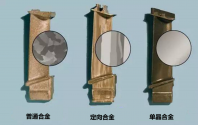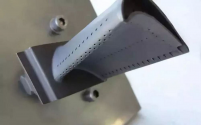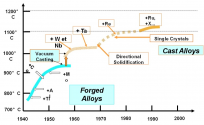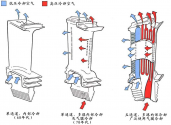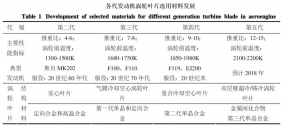Salyut has been working on an entirely Russian AI-222 replacement for some time, the SM-100:
If China for some reason cannot continue to buy AI-222s off the shelf, investing in this project is probably going to be faster than starting from scratch. In fact, the above presentation expressly notes the L-15 as a possible application, although there is always the chance that the Chinese might prefer a domestic alternative.
As for Motor Sich/Ivchenko Progress, with first the Russian and now the Chinese markets all but gone, their prospects look grim indeed. The only opportunity outside minor civilian turboprops/turboshafts I can see is Turkey, though in fairness that might actually just work out. There is a precedent (AI-450 turboprops on the Akinci UAV) and their TFX fighter project could soon be looking for an engine solution, if they fail to get what they want from the usual suspects.
Ukraine is hardly an ideal partner for such a venture, lacking experience in modern fighter engines and they are rather behind the curve by now in general. They have a project for an apparent MiG-29 engine to replace the RD-33 (AI-9500F) which has languished since 2009ish:
Nonetheless, a lot of their know-how from high-BPR turbofans would read across to a fighter engine and they do have some interesting design and turbine cooling capabilities. It won't be an Izd.30, but a somewhat improved F110-class engine should be feasible.
If China for some reason cannot continue to buy AI-222s off the shelf, investing in this project is probably going to be faster than starting from scratch. In fact, the above presentation expressly notes the L-15 as a possible application, although there is always the chance that the Chinese might prefer a domestic alternative.
As for Motor Sich/Ivchenko Progress, with first the Russian and now the Chinese markets all but gone, their prospects look grim indeed. The only opportunity outside minor civilian turboprops/turboshafts I can see is Turkey, though in fairness that might actually just work out. There is a precedent (AI-450 turboprops on the Akinci UAV) and their TFX fighter project could soon be looking for an engine solution, if they fail to get what they want from the usual suspects.
Ukraine is hardly an ideal partner for such a venture, lacking experience in modern fighter engines and they are rather behind the curve by now in general. They have a project for an apparent MiG-29 engine to replace the RD-33 (AI-9500F) which has languished since 2009ish:
Nonetheless, a lot of their know-how from high-BPR turbofans would read across to a fighter engine and they do have some interesting design and turbine cooling capabilities. It won't be an Izd.30, but a somewhat improved F110-class engine should be feasible.

